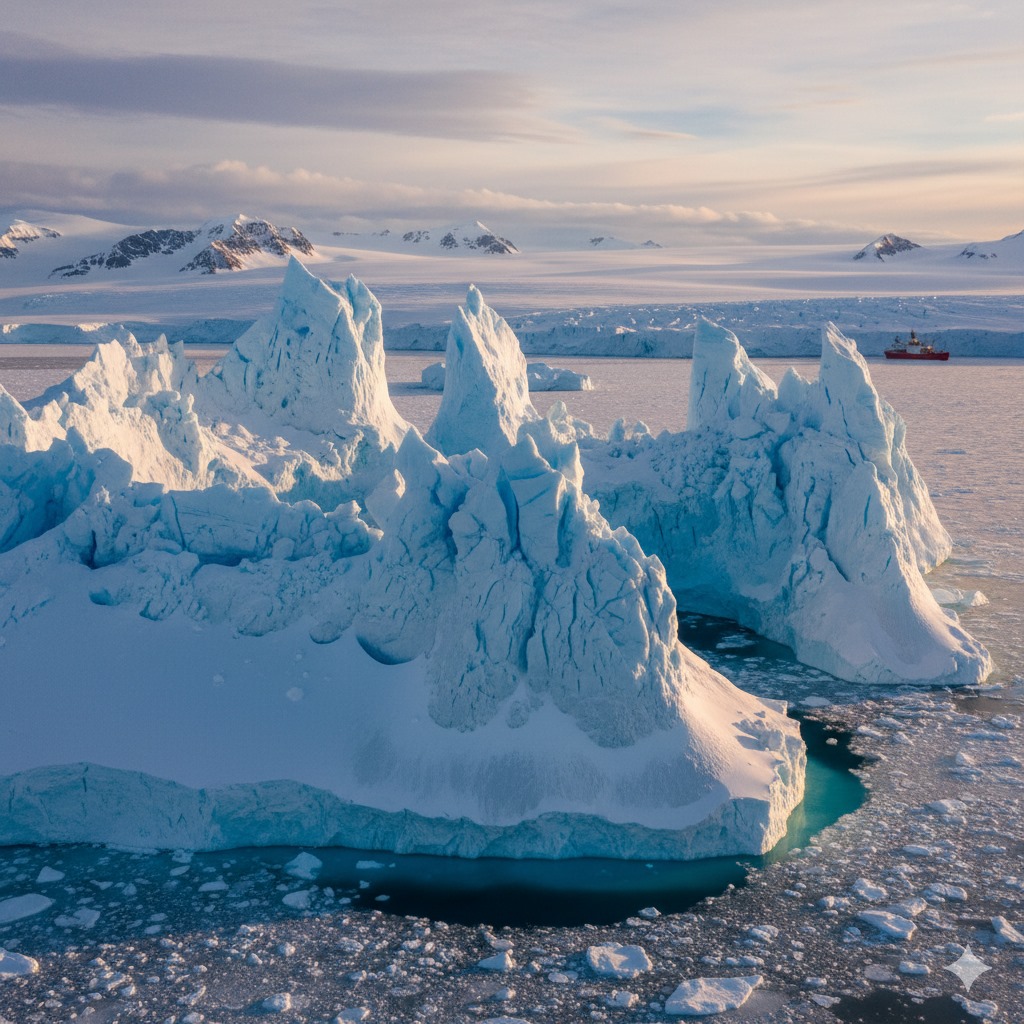
Antarctica, the icy continent at the bottom of the world, has recently shown both gains and losses in its ice mass. For the first time in decades, scientists recorded a significant increase of more than 100 billion tons of ice in a single year. This rise was mainly due to heavy snowfall, especially in areas like East Antarctica’s Wilkes Land and Queen Mary Land, which had seen ice loss in past years. The additional snow temporarily thickened the ice sheet, adding to the continent’s total ice mass.
However, despite this notable increase, Antarctica is still losing ice overall. The long-term pattern reveals accelerated melting linked to climate change. Warmer global temperatures are causing glaciers, particularly in West Antarctica, to shrink faster, contributing to rising sea levels worldwide. These short-term ice gains do not compensate for the continuous losses caused by warming oceans and changing atmospheric conditions.
Scientists say this recent growth in ice is a temporary effect of increased moisture in the atmosphere. Warmer air holds more water vapor, which can fall as snow in some regions, adding to the ice temporarily but not reversing the ongoing trend of melting over the decades.
The balance of Antarctica’s ice is complex. While snowfall can lead to temporary increases, the overall trend remains a decline. Studying these changes is essential to understand the effects of climate change on sea levels, coastal areas, and ecosystems globally. Antarctica’s ice changes serve as a clear reminder of how delicate and ever-changing the Earth’s polar regions are.t

